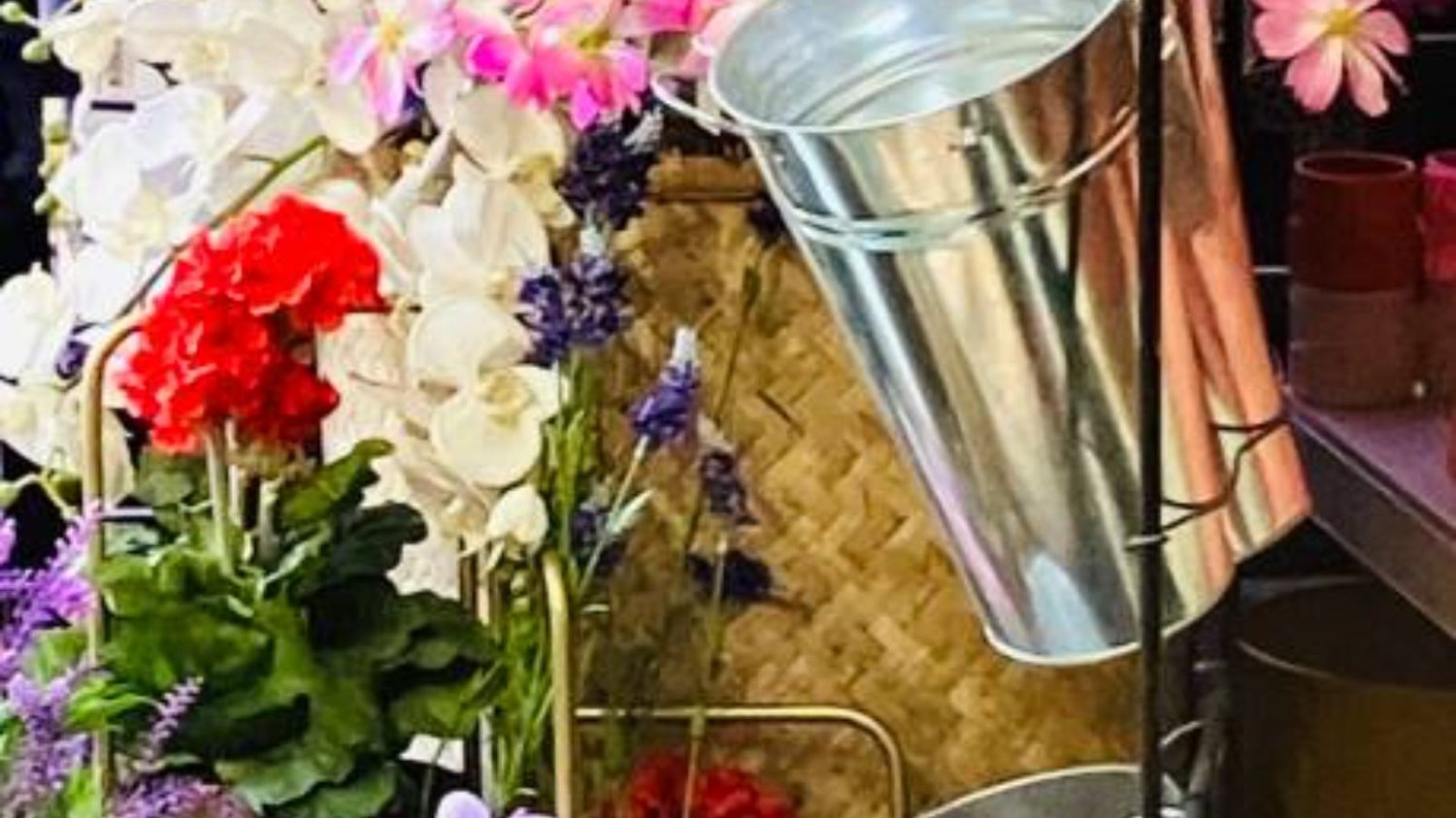Introduction
Plants not only add a touch of nature to our homes and outdoor spaces, but they also come with numerous health benefits. Houseplants have been shown to improve air quality, boost our moods, and reduce stress levels. However, ensuring your plants thrive and survive in their pots requires proper drainage. When it comes to metal planters, you may wonder whether you should drill holes in them to facilitate drainage. In this article, we'll explore the pros and cons of drilling holes in metal planters so you can make an informed decision.
Advantages of Drilling Holes in Metal Planters
1. Improved Drainage: Drilling holes in the base of a metal planter will enable excess water to drain away from the roots of your plants. This will prevent waterlogging and root rot, ensuring your plants thrive for longer.
2. Prevents Rusting: Water accumulation in the base of a metal planter can cause rusting, which not only damages the planter but could also be harmful to your plants. Drilling holes in the base of the pot will allow water to escape and prevent rusting.
3. Better Air Circulation: Adequate drainage improves air circulation, which is crucial to the health and growth of your plants.
Disadvantages of Drilling Holes in Metal Planters
1. Aesthetics: One of the main reasons why people opt for a metal planter is because of their sleek and modern appearance. Drilling holes in them can break up the smooth, uniform look and introduce unwanted imperfections.
2. Durability: Drilling holes in a metal planter weakens the material, making it more prone to damage over time. The more holes drilled, the weaker the planter will become.
3. Mess: Drilling holes in a metal planter can be a messy process, as metal shavings and debris are likely to fly during the drilling process.
When to Drill Holes in Metal Planters
If you're using a metal planter as a decorative outer pot for a plant that is still in its plastic container, you may not need to drill holes in the metal pot. The plastic pot already has drainage holes, so water will still be able to escape.
If you're planting directly into a metal planter, you should drill holes in the base of the pot to facilitate drainage and prevent water accumulation.
How to Drill Holes in Metal Planters
Drilling holes in metal planters is a relatively simple process that you can easily do yourself. All you need is a drill, the appropriate drill bit, and protective gear:
1. Put on your protective gear, including safety glasses and gloves.
2. Decide on the size and number of holes you want to drill in the base of your metal planter.
3. Mark the spots where you want to drill the holes.
4. Secure the metal planter in place using clamps or a vice to prevent it from moving during drilling.
5. Select the appropriate drill bit and install it into your drill.
6. Begin drilling the holes on your marked spots. Remember to apply sufficient pressure but do not force the drill through the metal.
7. Once you've made the holes, remove any metal shavings or debris that may have accumulated in the base of the pot.
Conclusion
Drilling holes in metal planters has its advantages and disadvantages. Ultimately, the decision to drill holes in your metal pot will depend on your plants' needs and your personal preferences. If you decide to drill holes, be sure to take the necessary precautions to avoid damaging the planter or injuring yourself.

